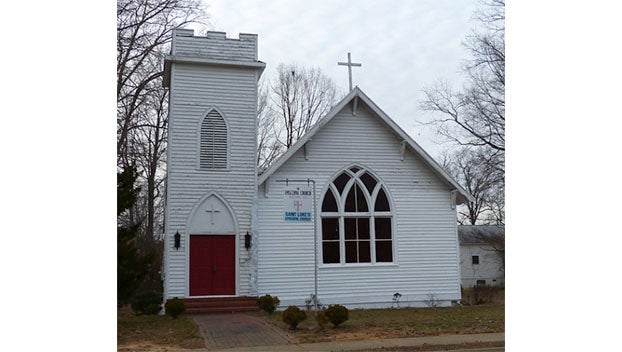The Garden Muse — Timing is everything
Published 11:00 am Saturday, April 23, 2022
|
Getting your Trinity Audio player ready...
|
Gardner’s know that when it comes to sowing seeds and planting ‘timing is everything.’ Whether sowing seeds indoors or planting tender seedlings in your garden, if you do not time the activity correctly you are surely setting yourself up for failure. The same goes for the beautiful flowers sold at this time of year that have been propagated in the greenhouse. Remember you may need to protect them from cold sporadic temperatures in the evening if you purchase too soon.
As I have been perusing my favorite garden centers and browsing the many plant purveyors at the local markets of late, I find myself wondering how long I will need to protect my purchases (if patient constraint fails me) from inclement temperatures before the threat of a killing frost or freeze is gone. It is so exceedingly difficult to pass by the many beautiful hanging baskets and tables overflowing with lush multi color blooms and vegetable starts bursting their pots wanting to be planted in the garden. Some flowers and tender vegetables will fail to thrive if nipped by any temperature under 50* Fahrenheit.
Many factors are at play when timing seed starting, transplanting, and planting in the garden. Seeds need to be started indoors 8, 6, 4, and 2 weeks before the last spring frost depending on what seed you want to start. Then transplanting the tender seedlings grown from seeds indoors must be hardened off (a period, usually between 1-2 weeks where the seedlings are gradually acclimated to the outdoors) before planting in the garden, again at a specific time before or after the last spring frost.
There is an abundance of charts and timetables all based on the USDA plant hardiness zones online and in gardening books to give one direction with the task of planting. I have used and relied on many in the past. The past few years I have noticed a subtle shift in the eastern U.S. temperature & weather patterns. The USDA reports that plant hardiness zones are moving north in the U.S. at a rate of 13 miles per decade. It may not seem like a lot but if you are off by even a week regarding frost dates when starting seeds or planting it may result in failure.
Because of my past observations and careful weather tracking I have become increasingly aware of just how important the ‘timing’ of a garden is. I have paid closer attention to the gardeners of yesteryear and their clever sayings and ‘ditties’ on what and when to plant in the garden. Most seem to be nature based, all cleverly entertaining.
Here are just a few nibbles from long ago knowledge to digest; When the whippoorwill sings, plant corn. Wait for apple trees to bloom before planting bush beans. When the apple blossoms fall, plant pole beans & cucumbers. Transfer tomato seedlings to the garden when the lily-of-the-valley is in full flower. Transplant peppers and eggplants when the bearded irises are blooming. It is safe to plant tender annual flowers and squashes when the lilacs are in full bloom. It is safe to plant heat loving melons when the peonies blossom.
All of it makes perfect sense when allowing nature to dictate the timing of planting. The beauty of this thinking is that it works in all hardiness zones because nature is in the lead. By observing the lifecycle of one plant to time the success of another is very keen. Nature based science, for successfully timing sowing seed and planting dates.
So, if you have the opportunity to chat with an elder that you know was an avid gardener or farmer ask them for some spring planting advice. If they have a catchy phrase or two to share on the topic ask them to explain, you will not be disappointed.
Dawn Conrad is a Virginia Cooperative Extension Master Gardener, Herbal enthusiast, Writer and Fiber Artist. She can be contacted at dawn@ mygardenmuse.com.



